Choose the Right Motorcycle Helmet
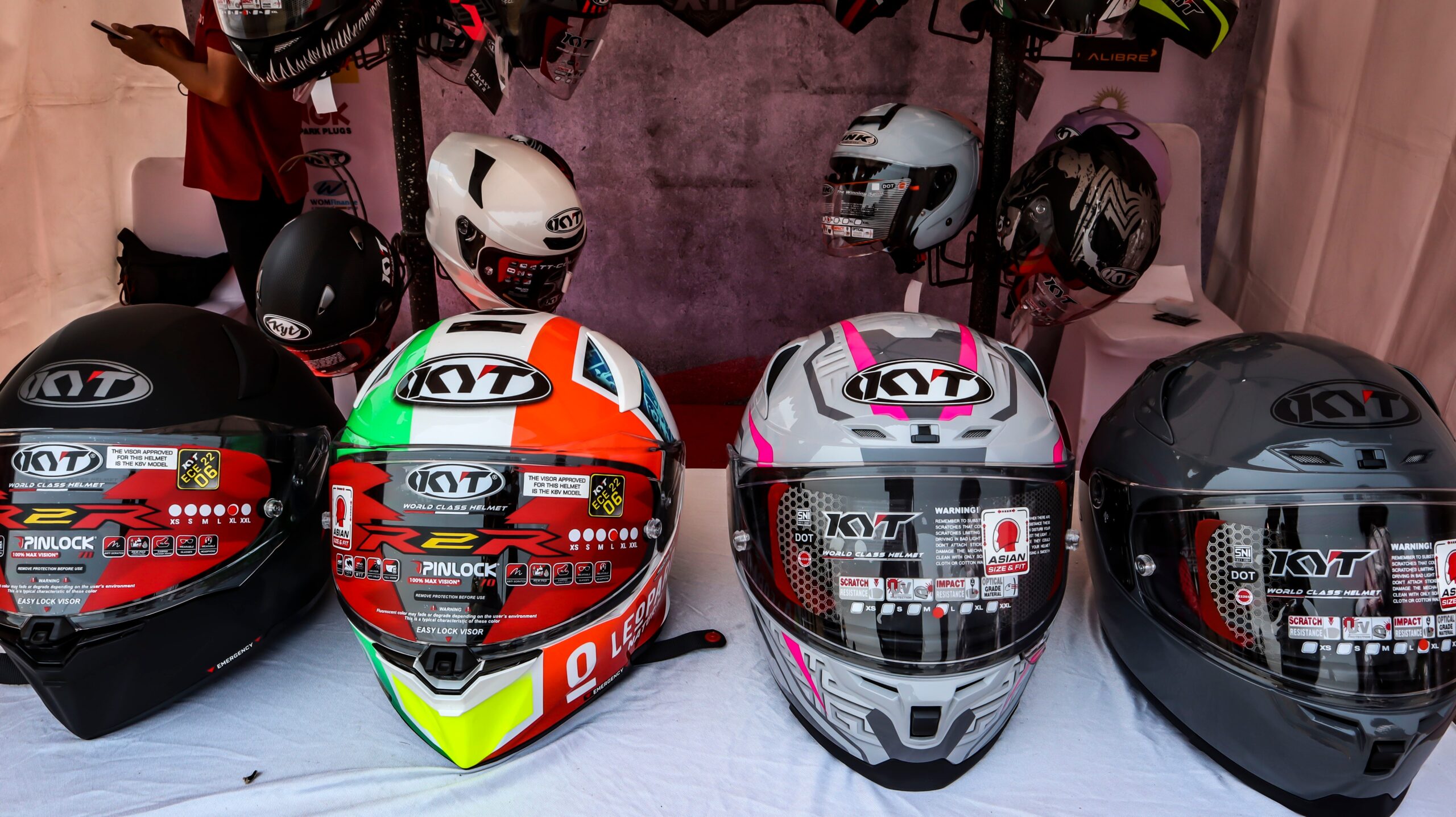
Selecting the right motorcycle helmet is one of the most crucial decisions a rider can make. Not only is it a legal requirement in many places, but it’s also a pivotal factor in rider safety, comfort, and overall riding experience. With the myriad options available in the market, finding the perfect helmet can seem daunting. This guide aims to simplify the process, ensuring you make an informed choice that suits your riding style, preferences, and safety requirements.
Understand Helmet Types
Full Face: Offers the most comprehensive protection, covering the entire head and face. Ideal for sport riders and those seeking maximum safety.
Modular (Flip-Up): Combines the protection of a full-face helmet with the convenience of lifting the chin bar. Suitable for tourers and urban riders.
Open Face (¾ Helmet): Covers the back and sides of the head but leaves the face exposed. Popular with city riders and those who prefer a wider field of vision.
Half Helmet: Provides the minimum coverage required by law, covering only the top of the head. Favored by cruiser enthusiasts for its minimalist design.
Off-Road (Motocross): Designed for off-road riding, offering an extended chin guard and space for goggles. Lacks a visor, making it unsuitable for high-speed road use.
Safety Standards
Choose a helmet that meets established safety standards such as DOT (Department of Transportation), ECE (Economic Commission for Europe), or Snell. These certifications ensure the helmet has passed rigorous testing for impact absorption, penetration resistance, and strap effectiveness.
Fit and Comfort
A properly fitting helmet is crucial for effective protection. Measure your head circumference and consult the manufacturer’s sizing chart. The helmet should fit snugly around your head and face without causing pressure points. Remember, fit can vary between brands and models, so it’s essential to try before you buy.
Visibility and Ventilation
Good visibility and ventilation are key to a comfortable ride. Look for a helmet with a wide field of vision and anti-fogging features. Adequate ventilation ports will help regulate temperature and reduce visor fogging, enhancing comfort during long rides or in warm weather.
Material and Weight
Helmet materials affect weight, comfort, and safety. Polycarbonate, fiberglass composite, and carbon fiber are common materials, each offering different benefits in terms of weight, flexibility, and impact absorption. Generally, lighter helmets are more comfortable over long periods, but ensure you do not compromise on safety.
Features and Accessories
Modern helmets come with a range of features and accessories that can enhance your riding experience. Consider options such as integrated sun visors, Bluetooth connectivity for communication and navigation, and removable liners for easy cleaning.
Aesthetic Preferences
While safety and comfort should be your primary concerns, the look of the helmet is also important. Choose a design and color that matches your style and bike. Remember, brighter colors and reflective materials can enhance visibility to other road users, adding an extra layer of safety.
Budget
Motorcycle helmets range widely in price, and while it’s tempting to save money, your safety is paramount. Invest in the best helmet you can afford, considering it’s a crucial investment in your safety. More expensive helmets often offer better materials, comfort, and features that can enhance your riding experience.
Choosing the right motorcycle helmet is a critical decision that affects your safety and comfort on the road. By considering the type of helmet, safety standards, fit, visibility, materials, features, aesthetics, and budget, you can find a helmet that not only protects you but also enhances your riding experience. Remember, a helmet is not just a piece of gear; it’s a lifesaver. Prioritize your safety and make an informed choice that reflects your riding needs and personal style.
Similar Advices


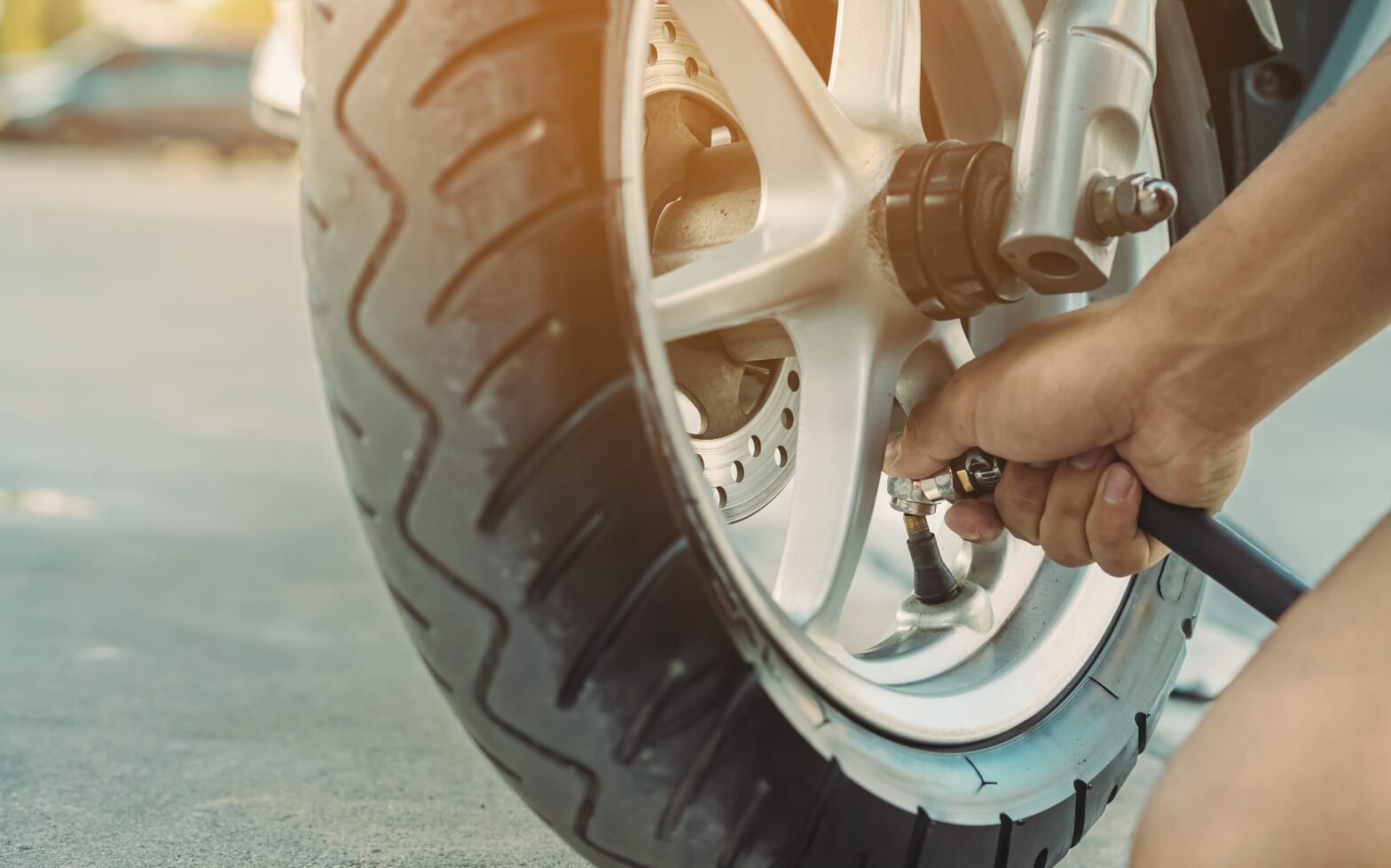
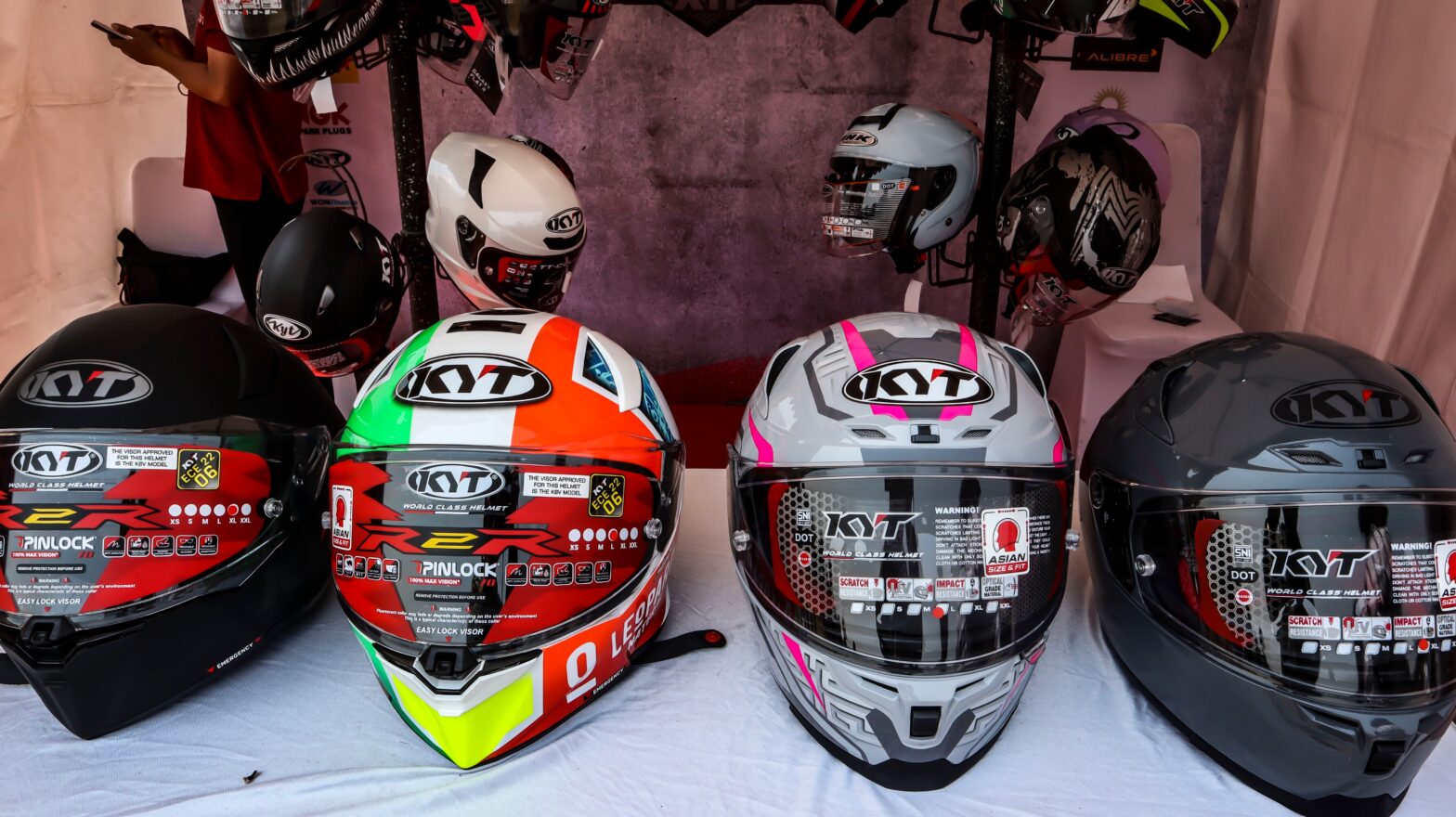
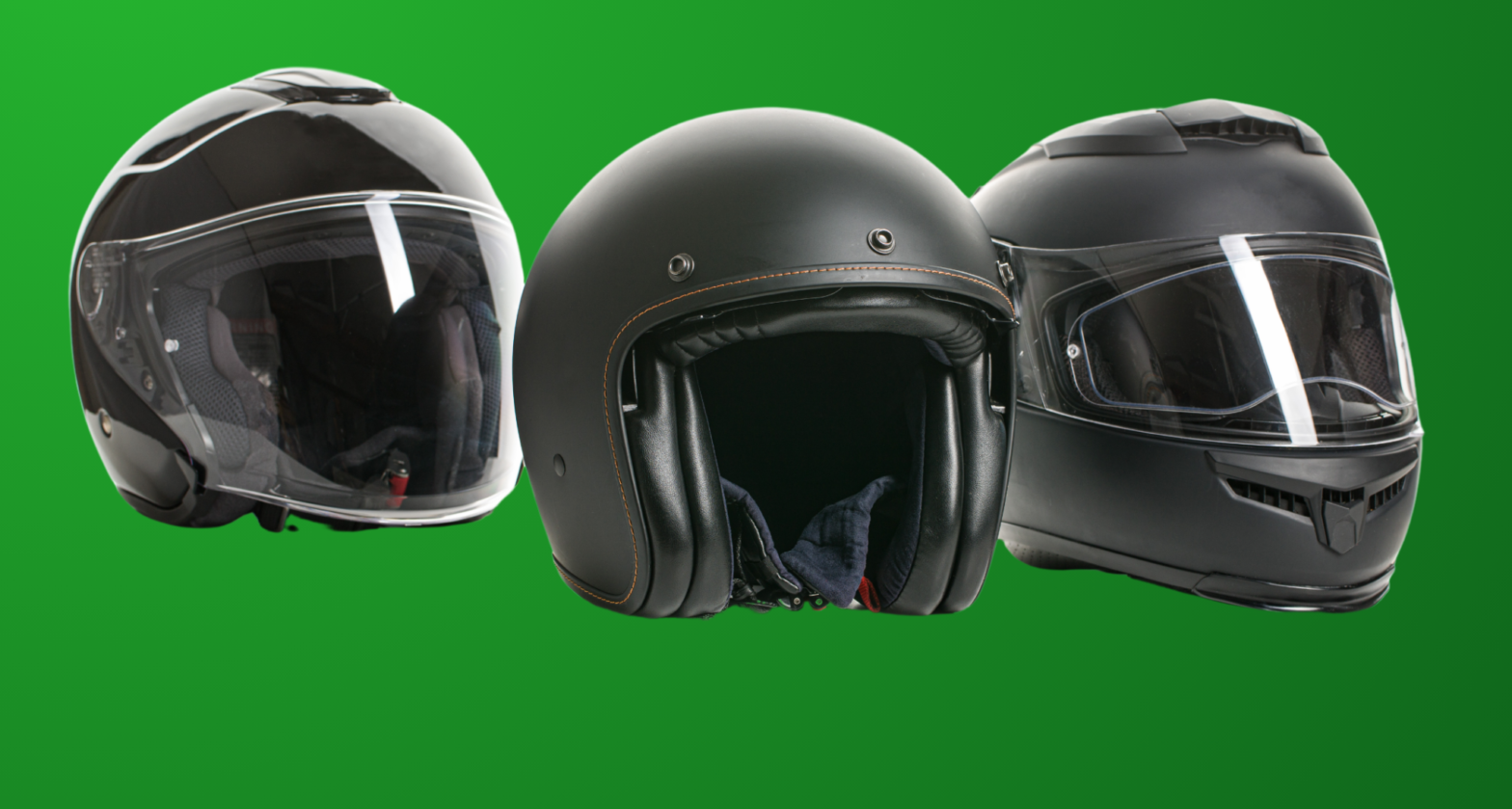
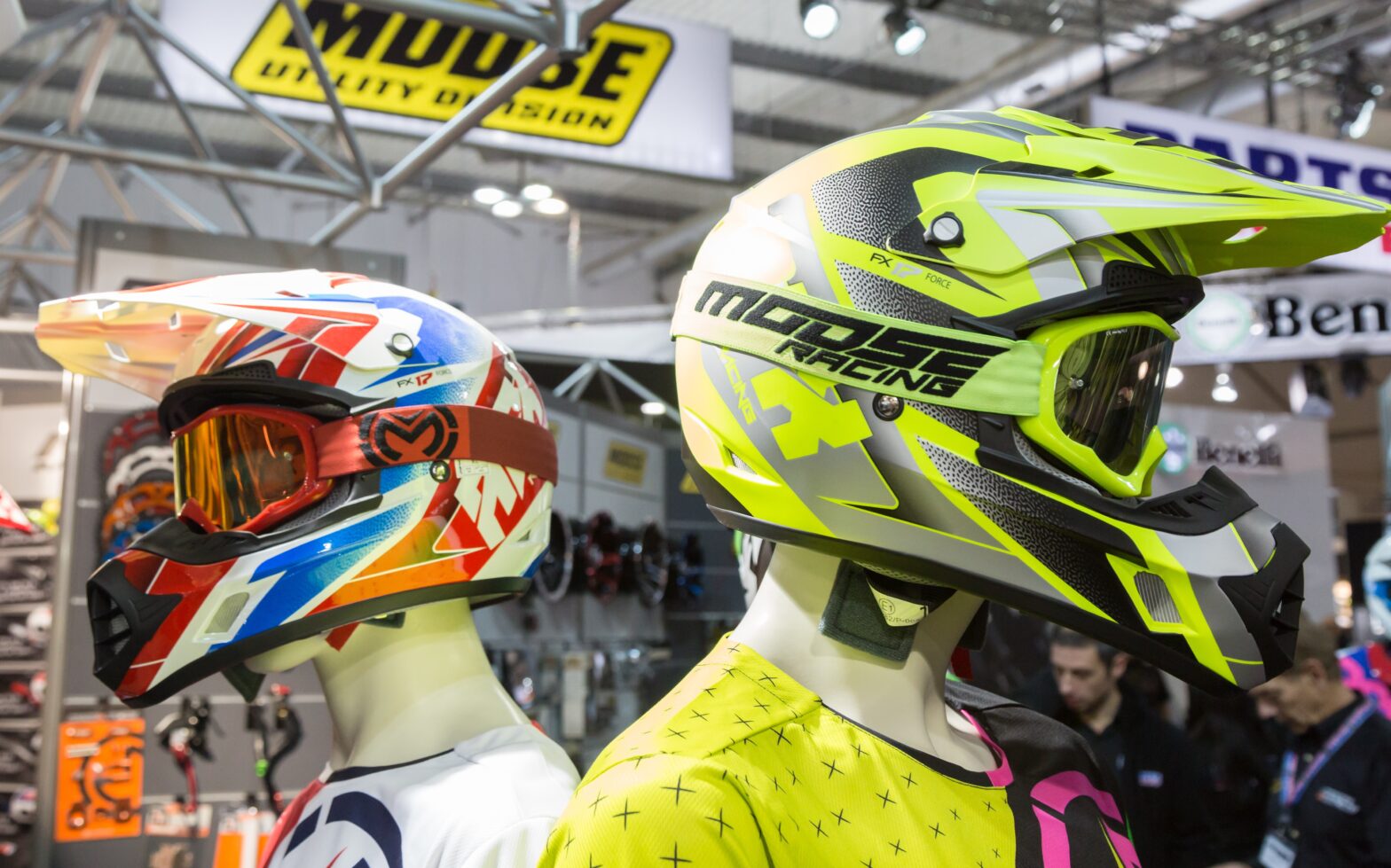
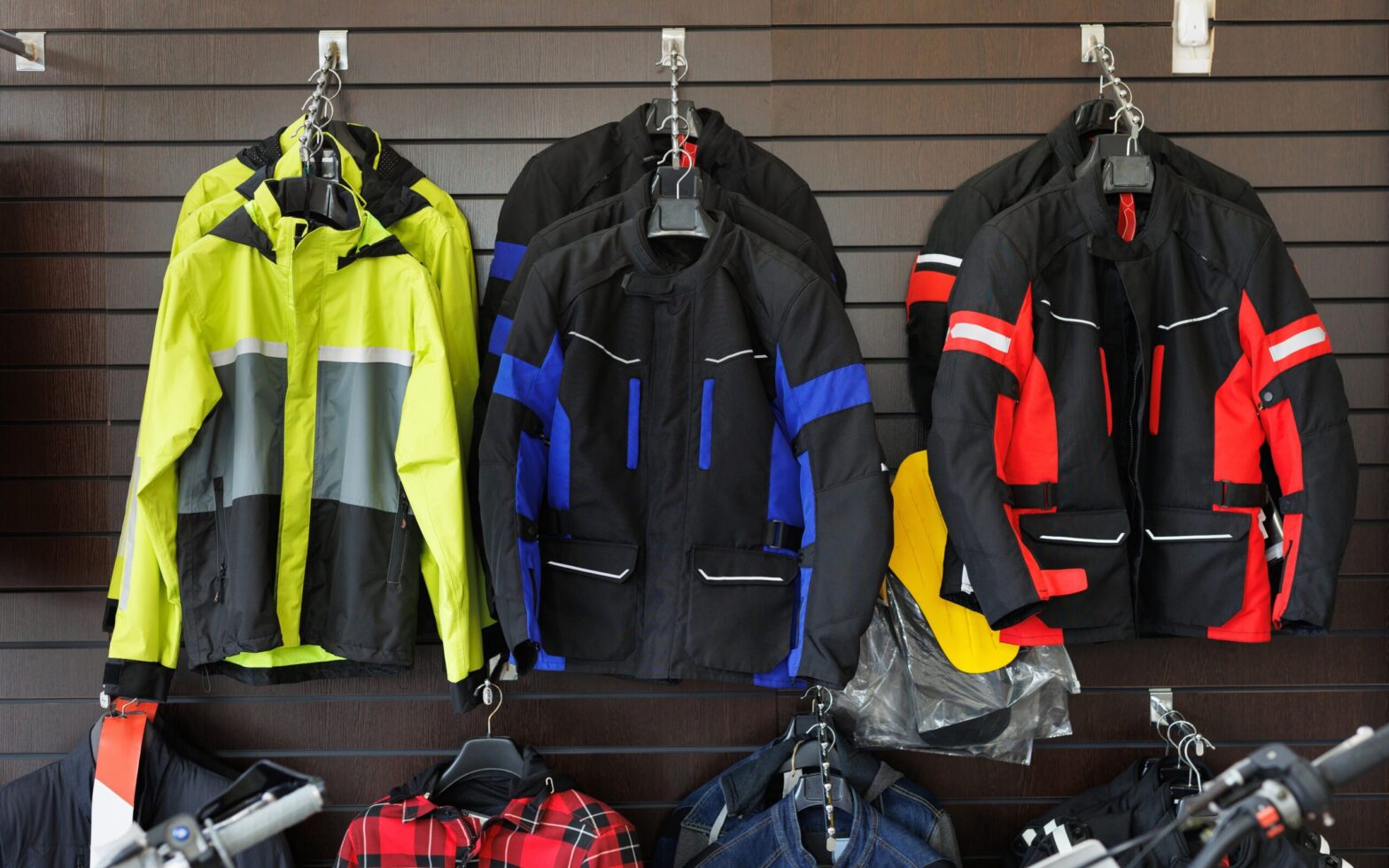
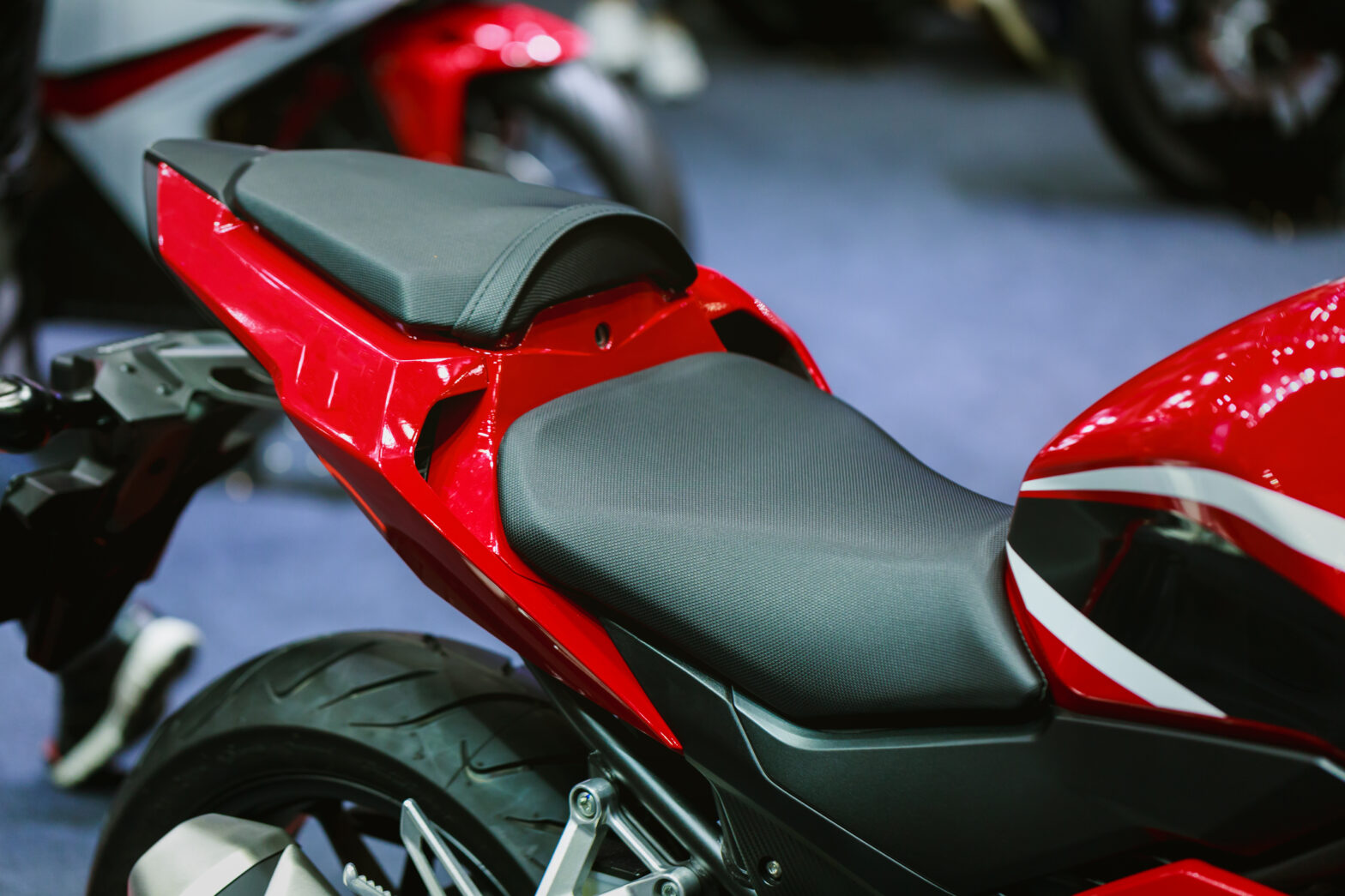
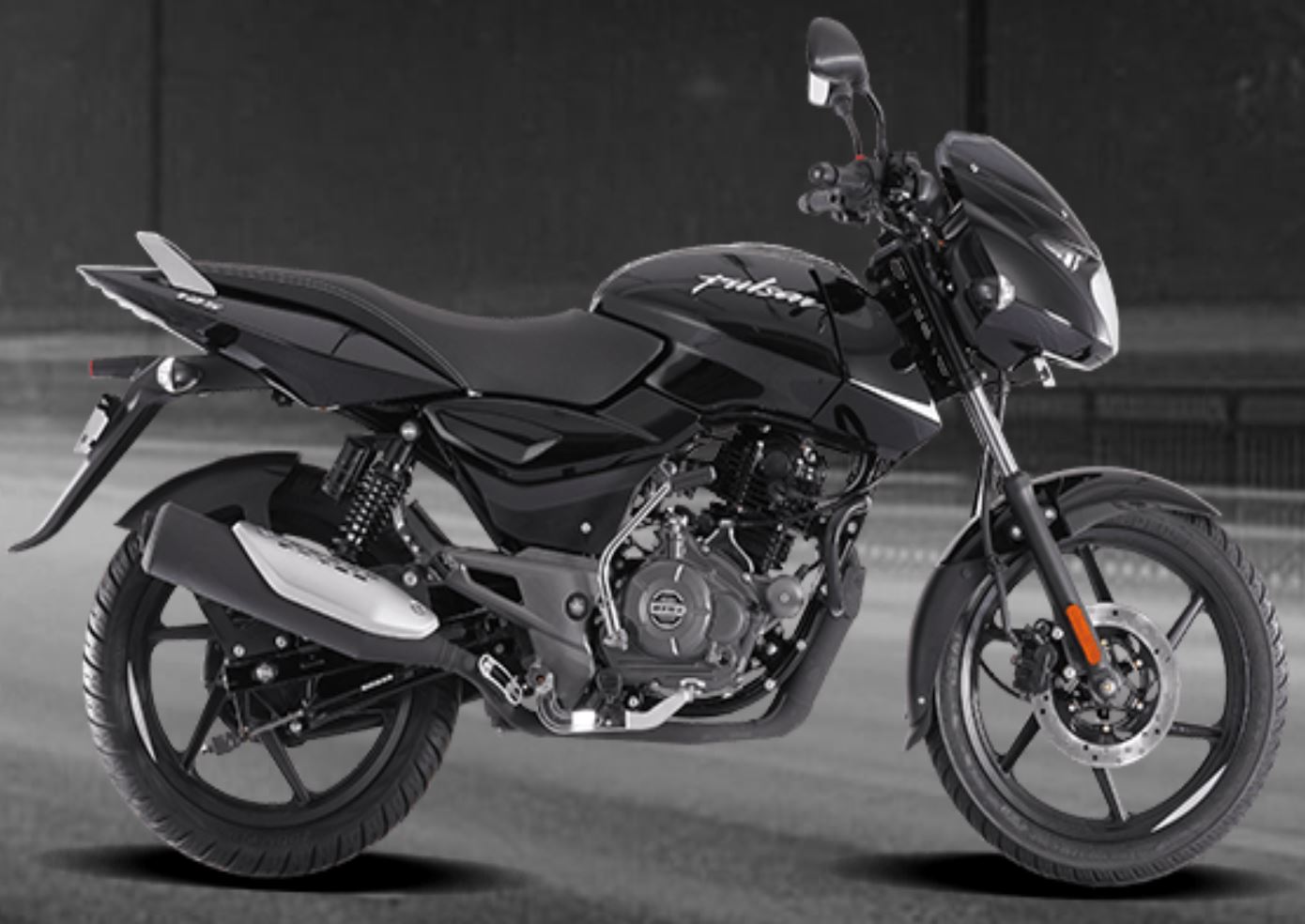
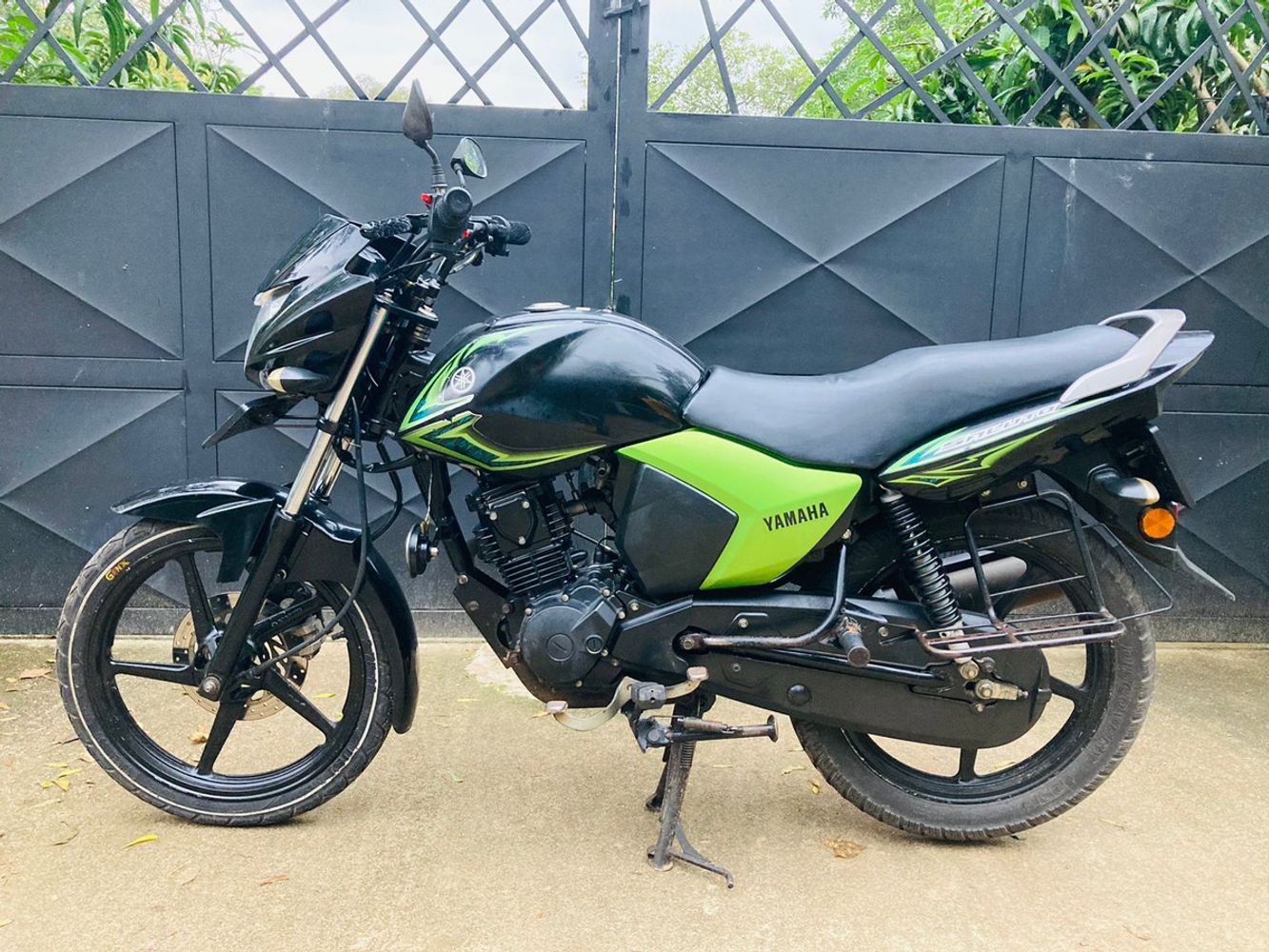
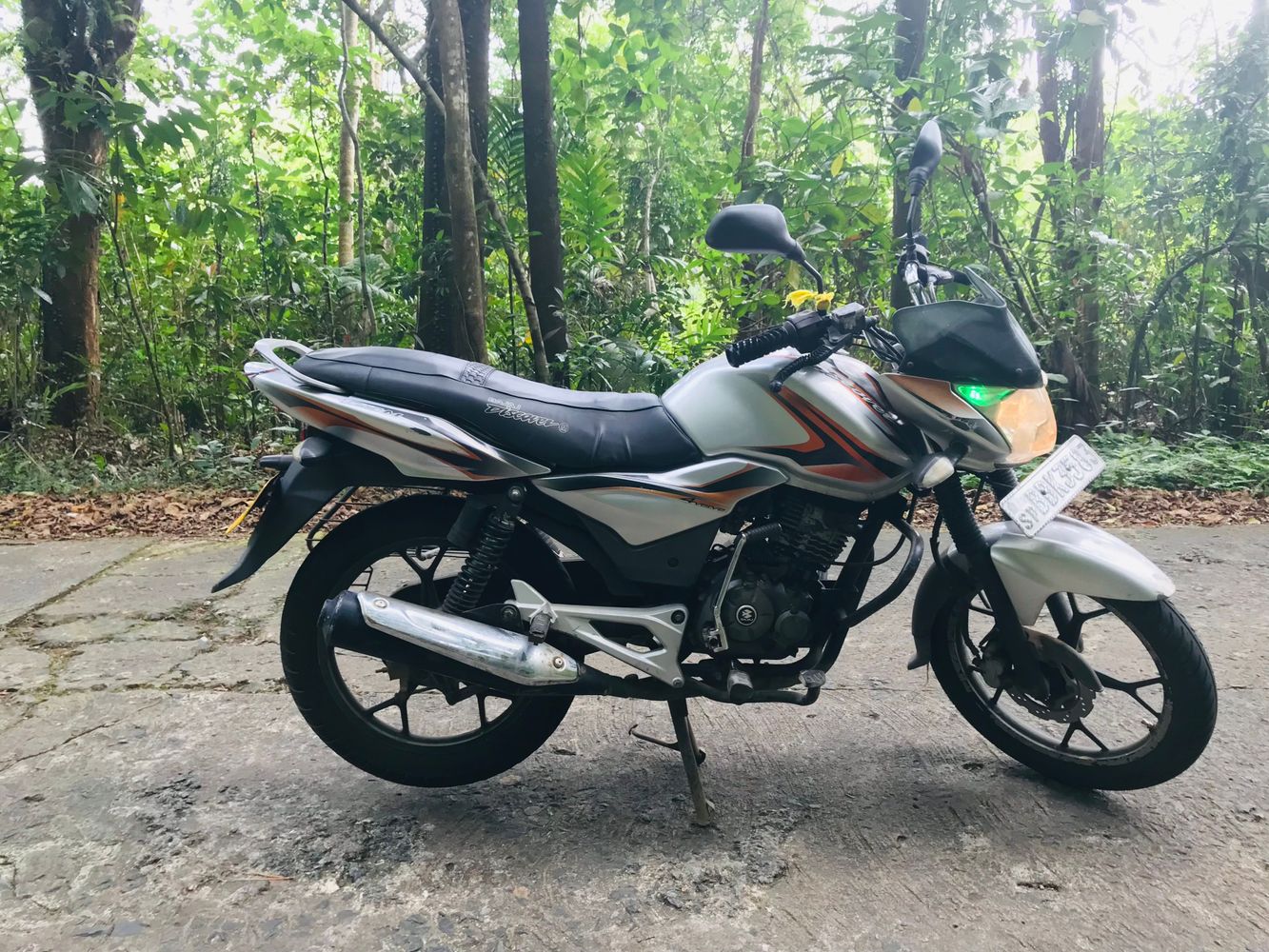
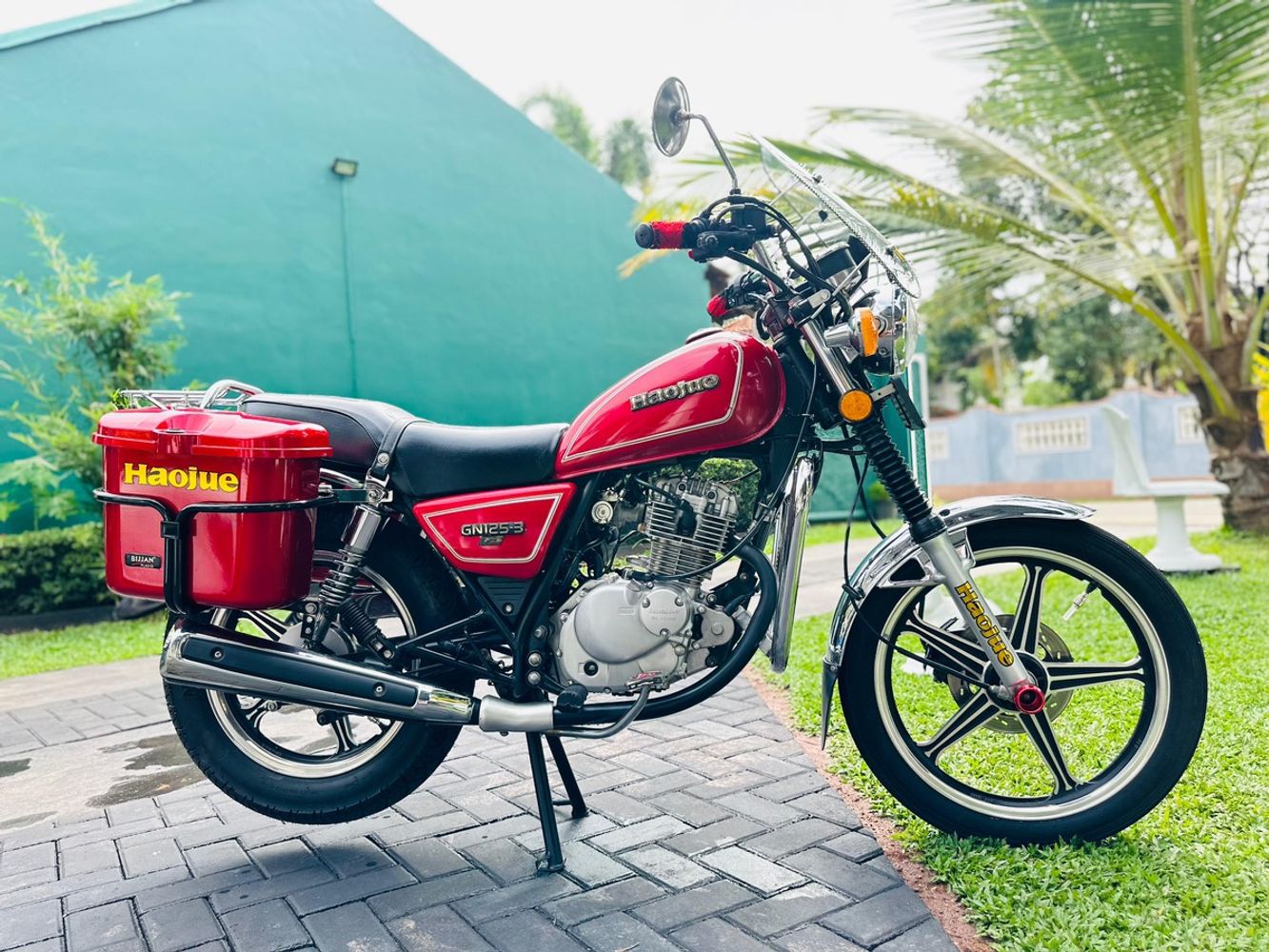
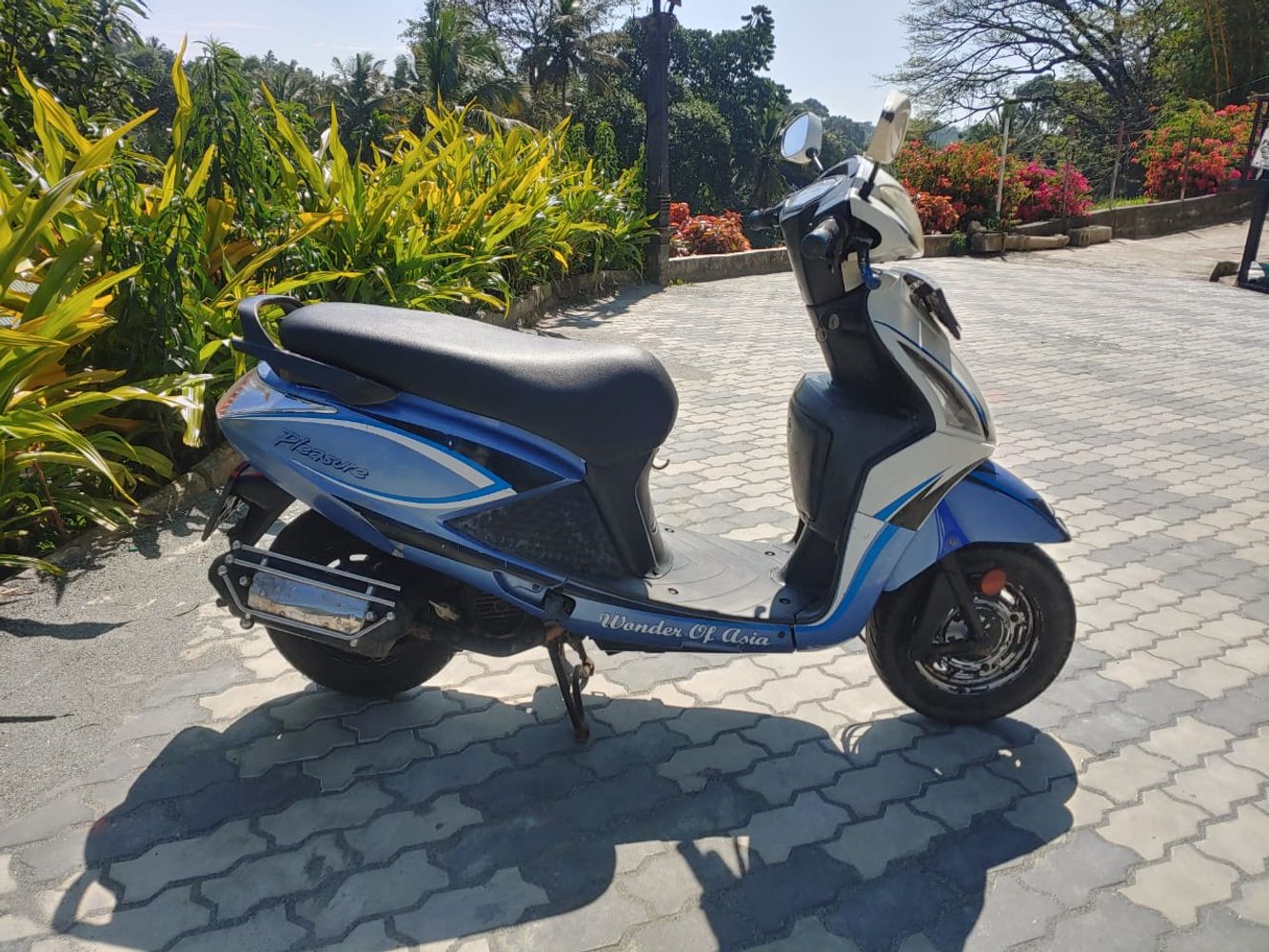
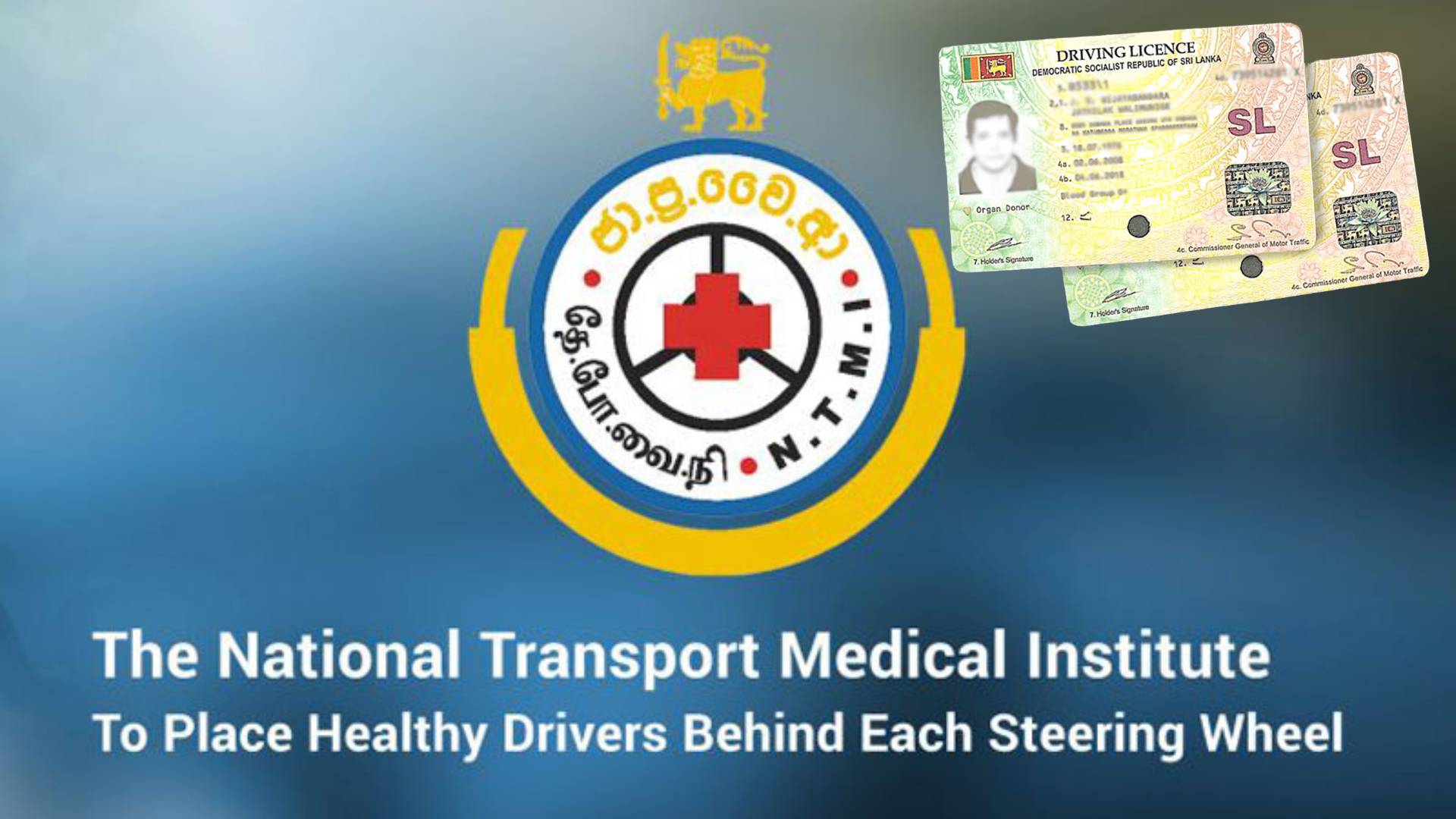
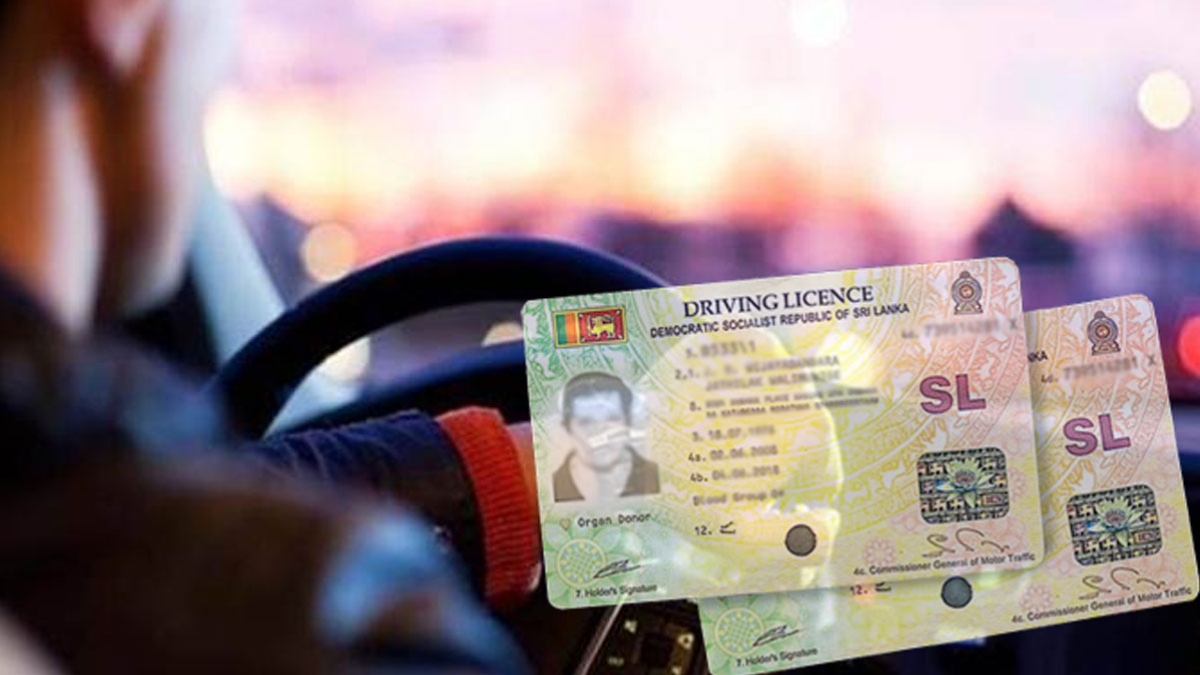






 MEMBER
MEMBER 
